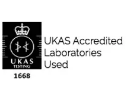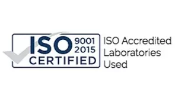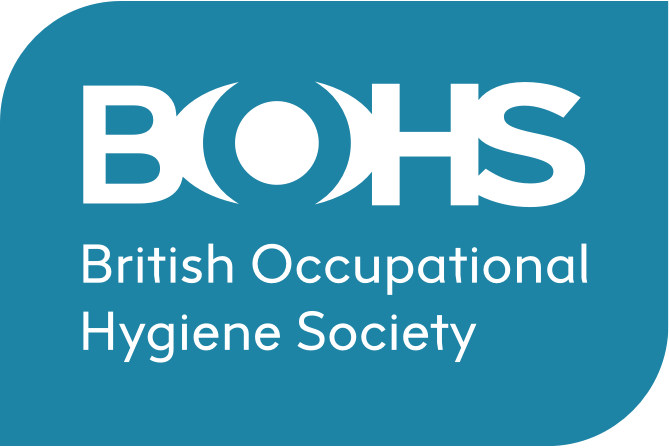






Every employer is morally, legally and financially obliged to ensure that their workplace is as safe as reasonably practicable. However, despite robust management systems, accidents do sometimes occur.
What should you do if there is an accident? How should you investigate the incident and what should be reported and to whom?
An accident and a near miss have very different meanings, however they are both unplanned and unexpected events.
For some significant incidents, an investigation may be required to focus on the failure of the current control systems that led to the accident or near miss occurring. Less serious incidents and near misses should not be dismissed, as in many cases, the fact that there has not been injury or loss is purely as a result of good fortune rather than any robust control measures.
Should an accident occur, it is important to carry out a robust investigation to understand any underlying cause and to see if it can be prevented in future.
There are a range of costs that can result after an accident, such as:
Preserving the scene is paramount to ensure that evidence gathering can take place. In order to do this taking lots of photographs can be very useful.
There may be numerous pieces of evidence present, so the fewer people permitted into the area, the more chance of preserving the evidence.
The enforcing authorities may close the scene themselves to prevent further danger and to ensure that evidence is gathered. Therefore, it is advisable to have a procedure for the control of accident scenes built in to the accident investigation process.
The reporting of an accident should follow a systematic model:
All the steps of reporting should be included in the accident investigation process and fully recorded to explain who did what and when.
The next stage is to assemble a suitable investigation team. The size and composition of the team is likely to be different for every accident, however, the following individuals may need to be considered:
After the investigation team has been set up they will then need to start the process of gathering information. This will include:
Once the investigation has concluded, it is important to share the findings with employees and those involved in the accident. Also, it may be that risk assessments need to be reviewed or additional training may be required.
It is vital to have a plan in place before an accident happens, so that, if one does, everyone knows what to do.
Dealing with an accident can be very daunting and if you would like us to help, please get in touch with us at davidpaveley@pragmaandassociates.co.uk
If you would like to find out more about our services, please see here.